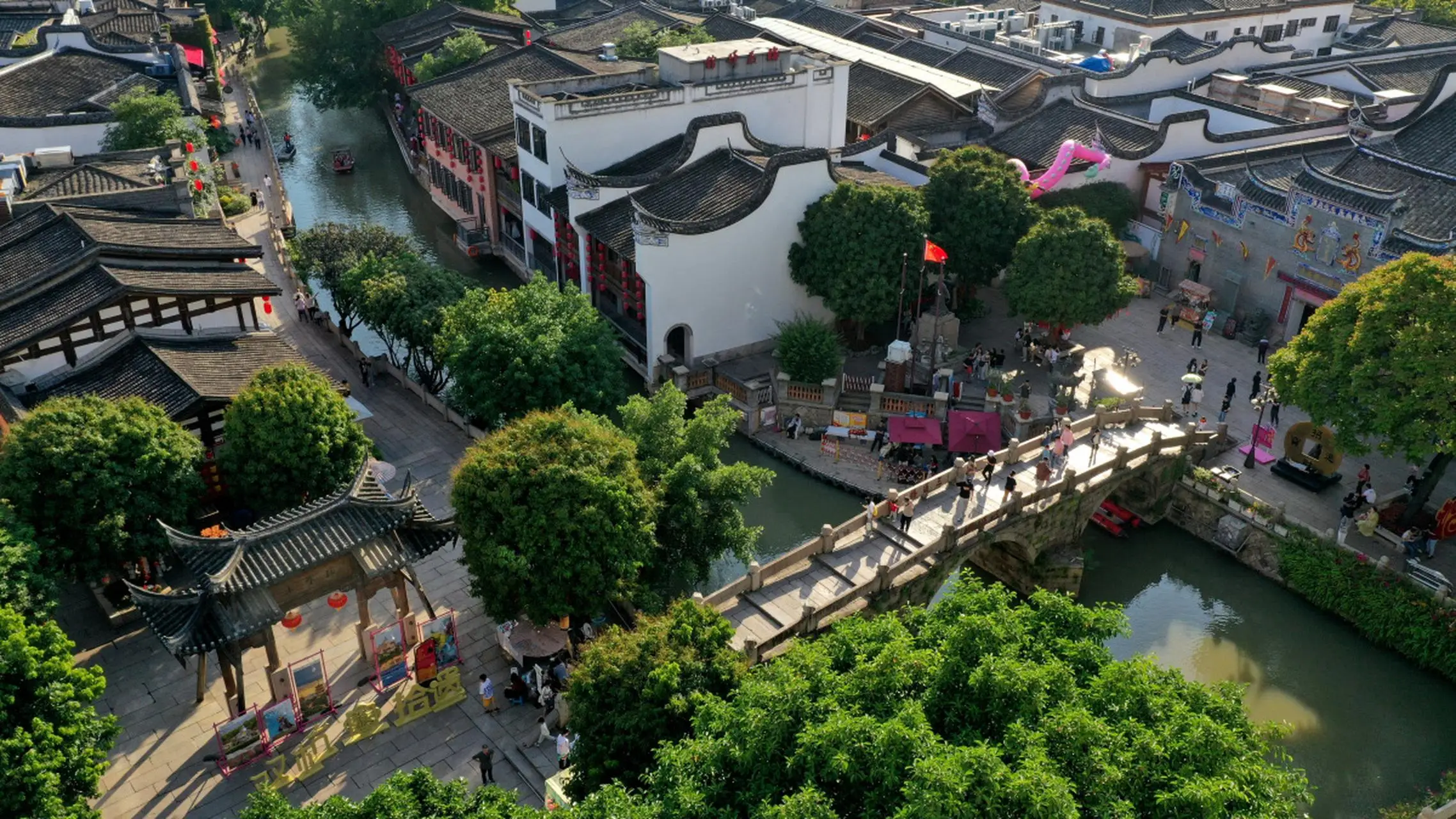
Nanxun Ancient Town, located in Nanxun District, Huzhou City, Zhejiang Province, is one of the six famous ancient towns in the Jiangnan region. It is also a national historical and cultural town and a 5A-level tourist attraction. Founded in the Song Dynasty, Nanxun Ancient Town has a history of nearly a thousand years and is renowned for its unique water town scenery, profound cultural heritage, and well-preserved Ming and Qing dynasty architectural complexes.
The most distinctive feature of Nanxun Ancient Town is its typical Jiangnan water town layout with "waterways running parallel and riverside streets adjacent." The town has numerous rivers and bridges, with a saying that there's "a bridge every three steps." Most of the buildings in the town are in the Jiangnan water town style of the Ming and Qing dynasties, with white walls, black tiles, and high horse-head walls. The exquisite craftsmanship of wood, brick, and stone carvings has earned it the reputation of being a "living fossil of Jiangnan water towns."
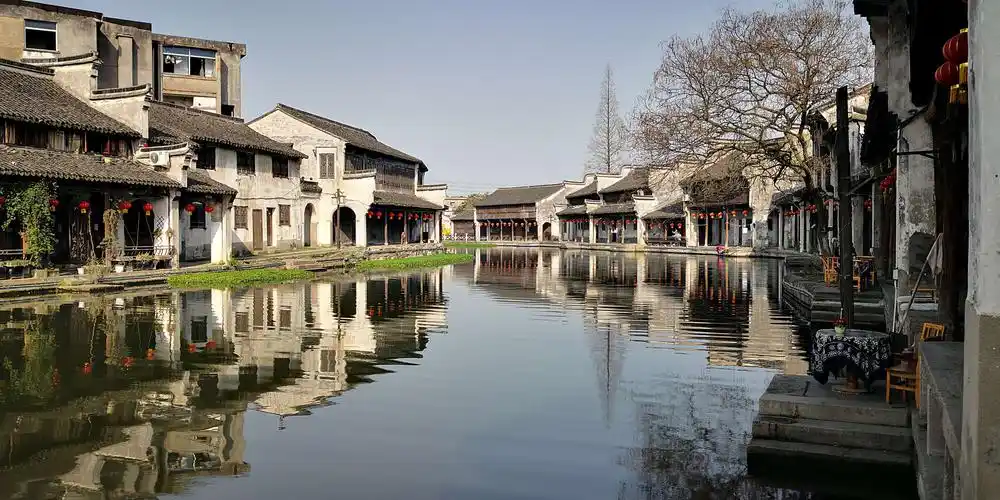
Nanxun Ancient Town not only boasts beautiful natural scenery but also rich cultural landscapes. Historically, Nanxun was an important commercial town in the Jiangnan region, famous for its silk trade, with the renowned "Jili Lake Silk." The town preserves numerous former residences of celebrities and private gardens, such as the Former Residence of Zhang Shiming, Xiaolianzhuang, and Jiaye Hall Library. These buildings not only showcase the architectural art of Jiangnan water towns but also witness Nanxun's commercial prosperity and cultural flourishing.
In 2014, Nanxun Ancient Town was inscribed on the World Heritage List, becoming China's 46th World Heritage site. Today, Nanxun Ancient Town has become a popular tourist destination for domestic and foreign visitors, attracting numerous tourists every year to experience the unique charm of the Jiangnan water town.
Nanxun Ancient Town is home to numerous attractions scattered throughout the town, each with its unique historical, cultural, and ornamental value. Here are detailed introductions to the main attractions:
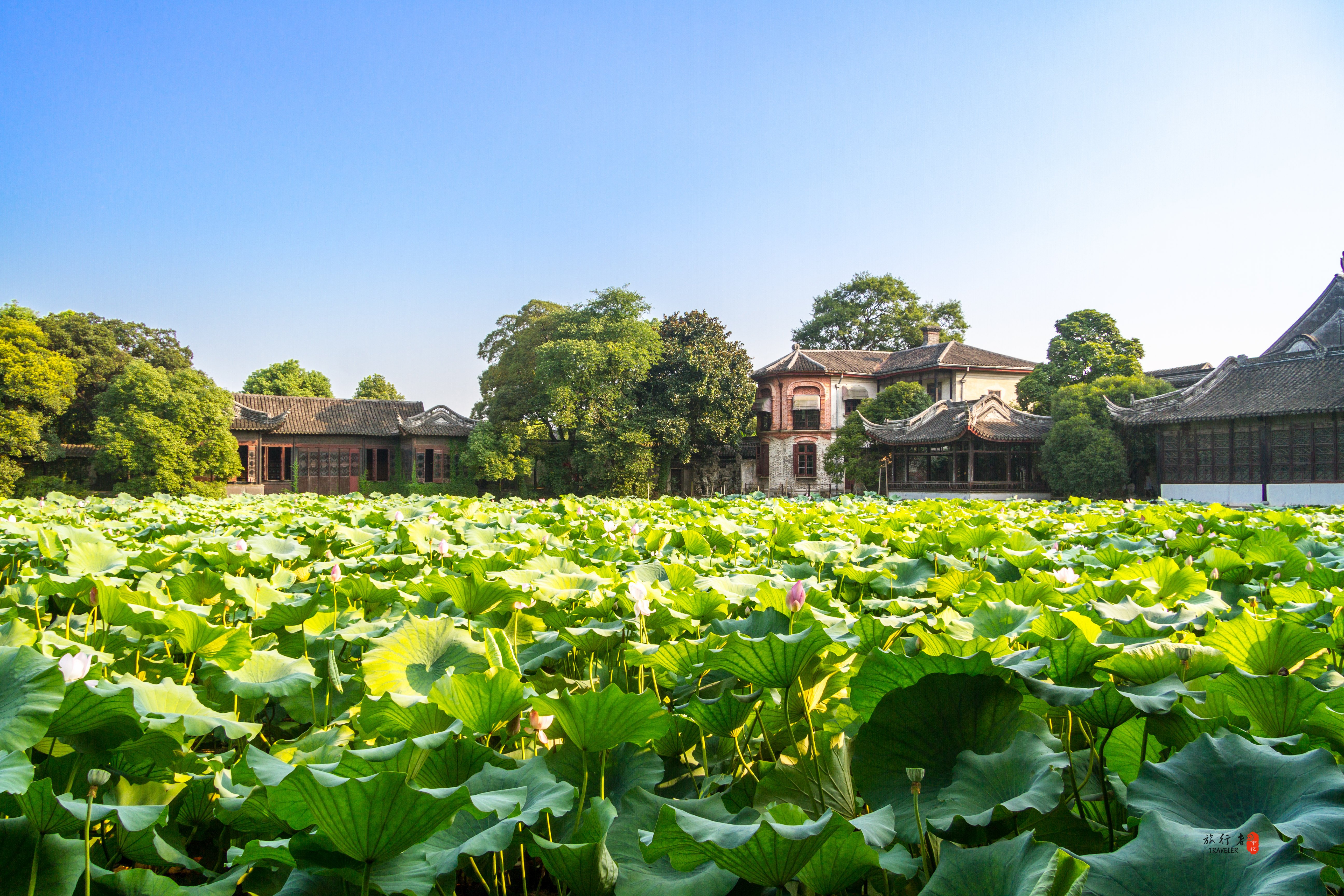
Xiaolianzhuang is the most famous private garden in Nanxun Ancient Town. Built in the 11th year of the Guangxu reign of the Qing Dynasty (1885), it was constructed by Liu Yong, the richest man in Nanxun. Covering an area of 17 mu (about 1.1 hectares), the garden blends the delicacy of Jiangnan gardens with the grandeur of northern gardens, featuring pavilions, artificial hills, ponds, curved bridges, and flowing water, with an ingenious layout and beautiful environment.
The Former Residence of Zhang Shiming was the home of the wealthy Jiangnan merchant Zhang Shiming. Built during the Guangxu reign of the Qing Dynasty, it covers an area of 4,792 square meters. The residence features a unique architectural style that combines traditional Jiangnan architecture with European Renaissance elements, earning it the title of "The First Luxury Mansion in Jiangnan." The exquisite wood, brick, and stone carvings inside make it one of the best-preserved Qing Dynasty architectural complexes in the Jiangnan region.
Jiaye Hall Library is a famous private library in modern China, built in 1920 by the wealthy Nanxun merchant Liu Chenggan. Covering an area of 20 mu (about 1.3 hectares) with a building area of 3,000 square meters, at its peak, the library housed 600,000 volumes of books, with rare books accounting for about one-third. It is one of the best-preserved private libraries in China.
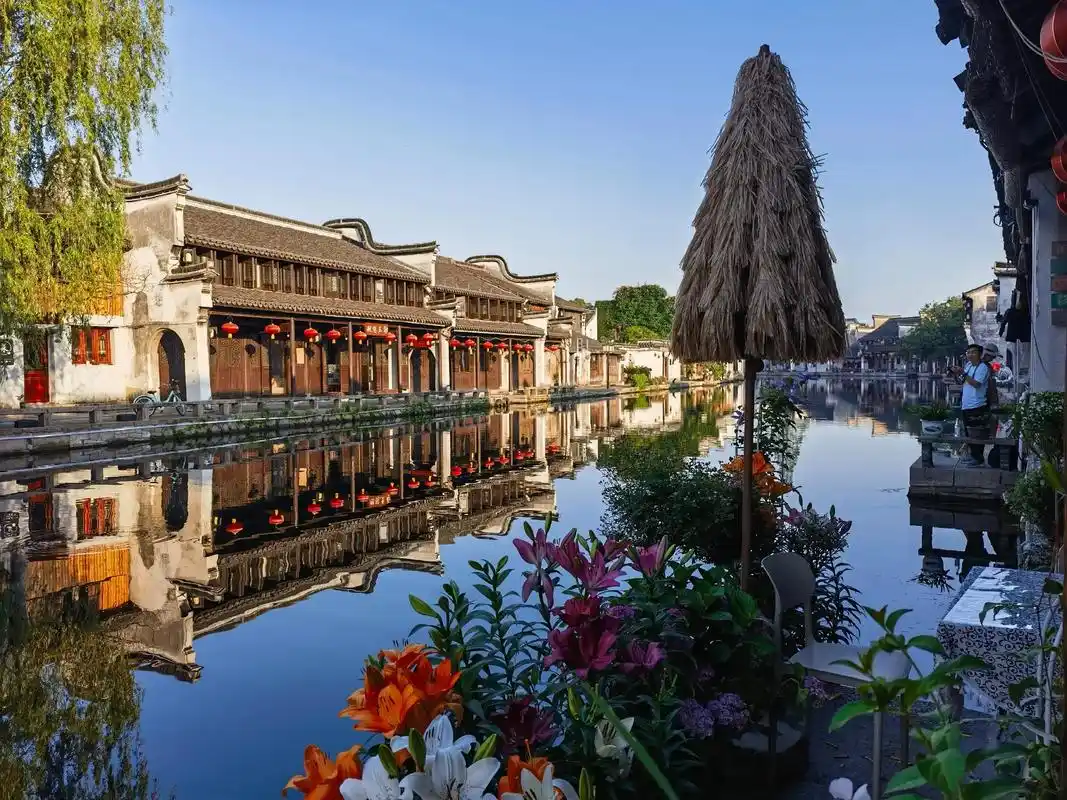
Baijianlou is the most distinctive Ming and Qing architectural complex in Nanxun Ancient Town. Built during the Wanli reign of the Ming Dynasty, it was constructed by Dong Fen, the Minister of Rites of the Ming Dynasty. Built along the river, Baijianlou stretches over 400 meters and consists of more than 100 houses. With a unified architectural style featuring white walls, black tiles, and high horse-head walls, it is a typical representative of Jiangnan water town architectural groups.
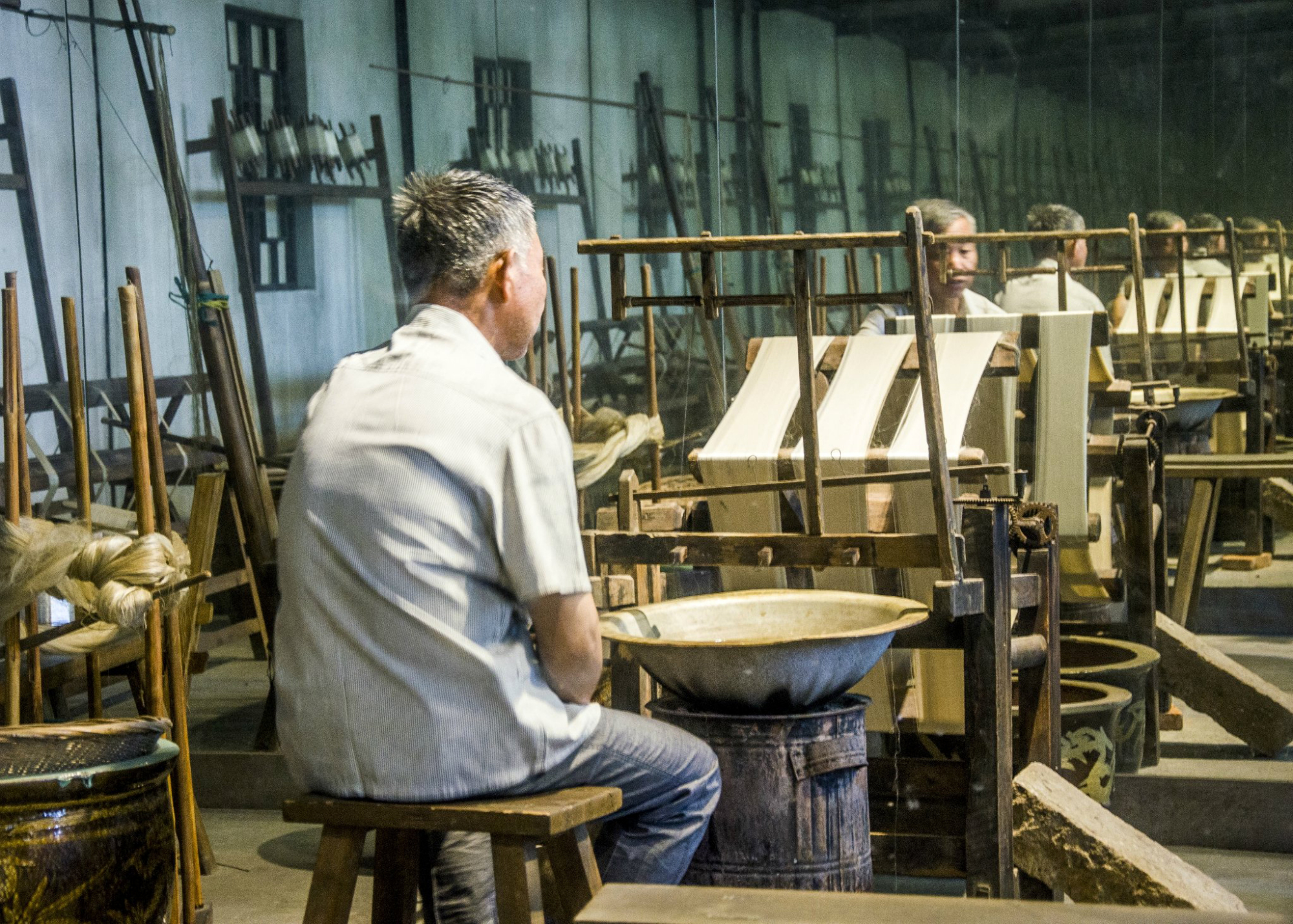
Located in Nanxun Ancient Town, Jili Lake Silk Museum is a thematic museum showcasing Nanxun's traditional silk culture. Through a large number of physical objects, pictures, and multimedia displays, the museum introduces the history, production techniques, and cultural value of Jili Lake Silk from Nanxun. Jili Lake Silk won a gold medal at the 1851 London World Expo and is an important part of Chinese silk culture.
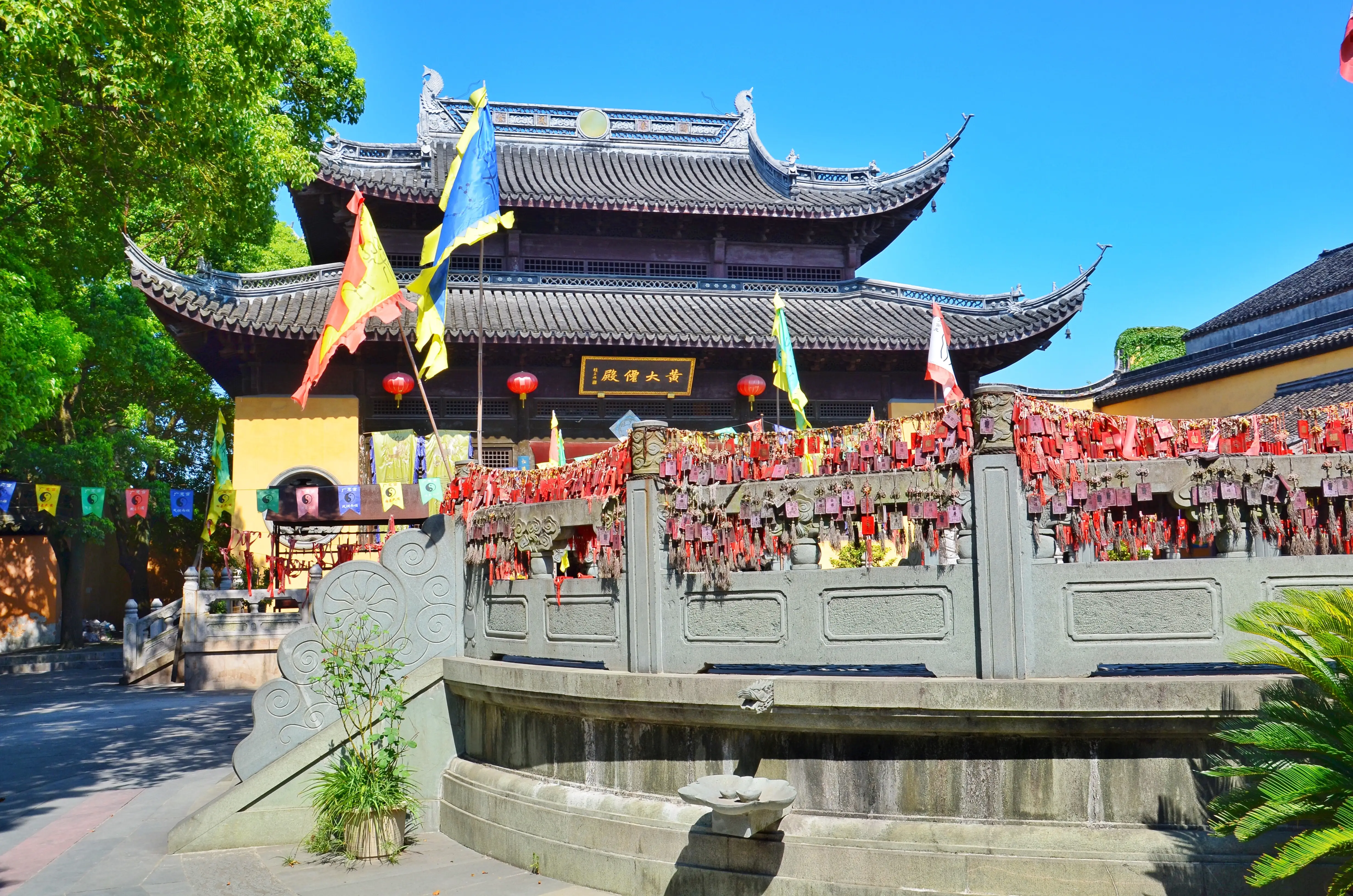
Guanghui Palace is a historic Taoist building in Nanxun Ancient Town, built during the Zhiping reign of the Northern Song Dynasty, with a history of over 900 years. The palace enshrines Taoist deities and folk beliefs, with a simple and elegant architectural style. It is an important carrier of religious culture in Nanxun Ancient Town. Every year on the 15th day of the first lunar month, traditional lantern festival activities are held at Guanghui Palace, attracting many tourists.
Nanxun is a famous silk hometown in China, with a long history of silk production and profound silk cultural heritage. Jili Lake Silk from Nanxun is a treasure in Chinese silk, renowned for its excellent quality, bright luster, and soft texture.

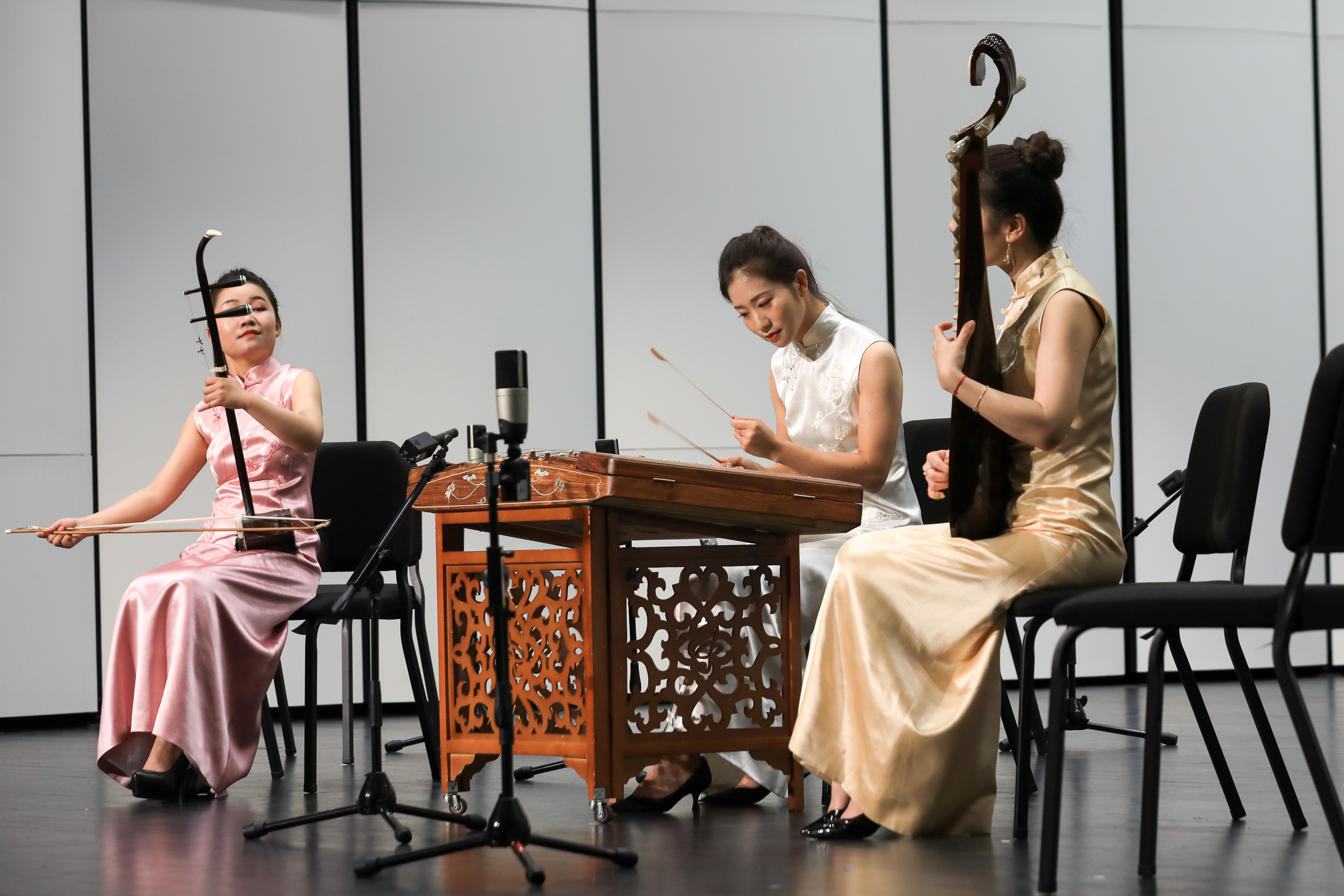
Nanxun's silk trade has a long history, dating back to the Song Dynasty. During the Ming and Qing dynasties, Nanxun's silk trade reached its peak, with Nanxun merchants exporting Jili Lake Silk overseas, accumulating enormous wealth and promoting the prosperity and development of Nanxun. Many wealthy families in Nanxun, such as the Liu family and the Zhang family, made their fortunes through the silk trade.
Today, Nanxun Ancient Town still preserves many historical sites and cultural activities related to silk. Visitors can visit the Jili Lake Silk Museum to learn about the history and production techniques of Nanxun silk, and also purchase authentic Nanxun silk products as souvenirs.
Nanxun Ancient Town has rich and colorful folk customs, which are not only an important part of villagers' daily lives but also important cultural resources that attract tourists.
| Spring (Mar-May) | Flowers in bloom, ancient town lush with greenery |
| Summer (Jun-Aug) | Beautiful early summer scenery, hot in midsummer |
| Autumn (Sep-Nov) | Clear skies and crisp air, best season for visiting |
| Winter (Dec-Feb) | Fewer tourists, experience the tranquil ancient town |
There are many specialty restaurants in the ancient town offering authentic Jiangnan cuisine, such as Nanxun Lamb Noodles, Dingsheng Cake, and Juhong Cake. It's recommended to dine at riverside restaurants to enjoy both美食 and water town scenery.
The ancient town offers various accommodation options, from high-end boutique inns to budget-friendly guesthouses. It's recommended to choose a riverside inn with Jiangnan water town features to better experience the ancient town's evening charm.
Nanxun District, Huzhou City, Zhejiang Province
National 5A Tourist Attraction
Approximately 34.27 square kilometers
Founded in the Song Dynasty, nearly 1,000 years ago
Jiangnan Water Town, Ming & Qing Architecture, Silk Culture
Subtropical Monsoon Climate
March-May, September-November
Water Town Boat Tour, Cultural Experience, Photography
The weather is fine with a gentle breeze, perfect for visiting the ancient town and taking photos
The typical layout of Jiangnan water towns is "waterways running parallel and riverside streets adjacent." Nanxun Ancient Town perfectly preserves this traditional layout, with numerous rivers and bridges.
Jiangnan water town architecture is characterized by white walls, black tiles, and high horse-head walls. It emphasizes ventilation, lighting, and drainage, reflecting the Chinese philosophy of living in harmony with nature.
Nanxun Ancient Town has a strong tradition of book collection. Historically, there were many famous libraries, such as Jiaye Hall and Bisonglou, reflecting the emphasis on culture and education in the Jiangnan region.
Nanxun was an important commercial town in the Jiangnan region, historically famous for silk trade. It formed a unique "scholar-merchant culture," where many merchants valued both business and cultural education.
Jiangnan gardens are an important part of Chinese gardens. Private gardens in Nanxun Ancient Town, such as Xiaolianzhuang, embody the Jiangnan garden design concept of "made by human hands, yet seeming as if created by nature."